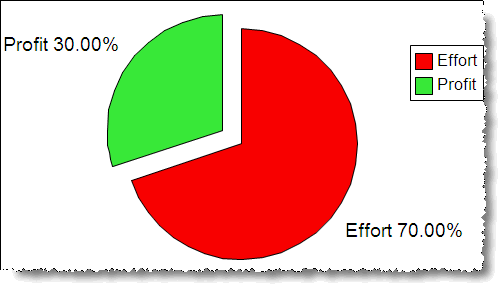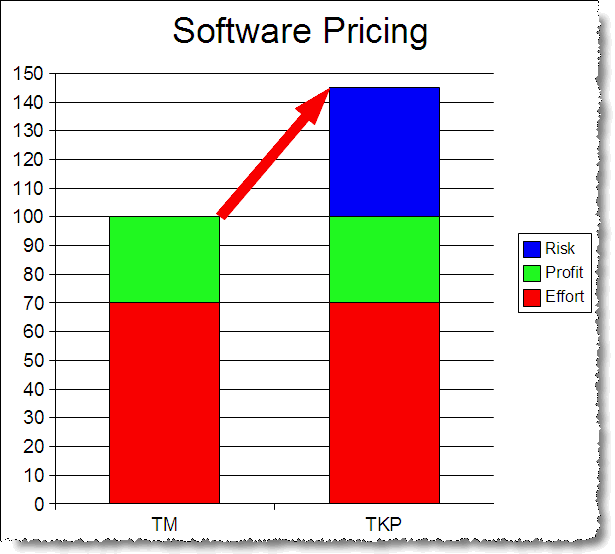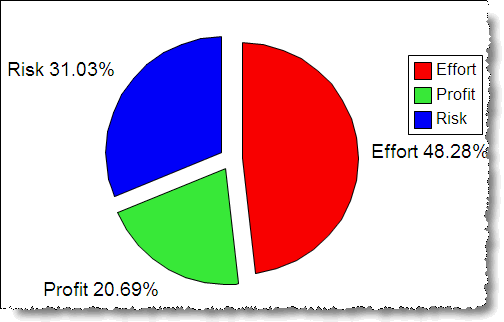20 Easy Steps to Screw Up a Domino Upgrade
- Do not upgrade the admin's workstation. Using the latest version of Domino administrator would actually give you access to the latest feature, avoid this
- Make sure, that you don't have access to all servers and that you are not a system administrator of the domain
- Make sure, that you can't reach all the servers from the admin workstation
- Start upgrading the most critical application server first, and the hubs and the administrative server last
- Make sure you have enough time so the design task on an old server can undo all design changes the upgrade process might have applied
- Make sure you have touched and customized all system templates, so their change date is younger than the new version. Also make sure the templates don't replicate everywhere. A mess in the system template will give you weeks of (billable) fun
- Make sure, that your system databases don't replicate or replicate outside the deletion stub life cycle interval
- Never ever upgrade the design of the Domino Directory or other system databases. If you do so the upgraded server actually could use other settings than defaults.
- Try to make sure that your ODS is at least one version behind. This keeps the indexer busy.
- Yes a full hard disk is also a good idea: if the available space is less than your biggest database and less than 20% that is good
- Enable disk compression. Having the OS scream when it needs to uncompress notes databases on access
- Use a desktop virus scanner on your server. Make sure it scans every file on access
- Don't uninstall any 3rd party extensions (like the virus scanner or compliance plug-ins). It is more fun to search for such issues. And while you are on it: don't use the latest version of 3rd party apps, they actually might be compatible with the new version of Domino.
- Enable transaction logging with either the OS or the data drive as destination. Hard disks should spin hard.
- Make sure you don't apply your OS level service packs or patches. This is especially important on W2K3 and W2K3/64.
- Do not apply the latest version of your source version. (LIke 5.0.13a when you come from R5, or 6.5.6 when you come from R6.x) This is especially fun when skipping a version
- Make sure that the messaging people don't talk to the apps people vice versa. Also don't give notice to the apps people that you do the upgrade
- Do not maintain documentation which applications use which system template for lookup. Anyway documentation is for whimps.
- Be creative. Look for best practices in Redbooks, on the IBM site and other online locations. Put a "not" or "don't" in front of every recommendation.
- Don't use fixup or compact before or after the upgrade.
This list is by far not complete. So if you know another way to screw your upgrade, let me know.
Posted by Stephan H Wissel on 27 September 2007 | Comments (3) | categories: Show-N-Tell Thursday


